1. Introduction to Zero-Calorie Foods
When it comes to healthy eating and weight loss, the term “zero-calorie foods” often pops up. These are foods that supposedly contain so few calories that the body burns more energy digesting them than they provide. While it sounds too good to be true, there’s some fascinating science behind the idea.
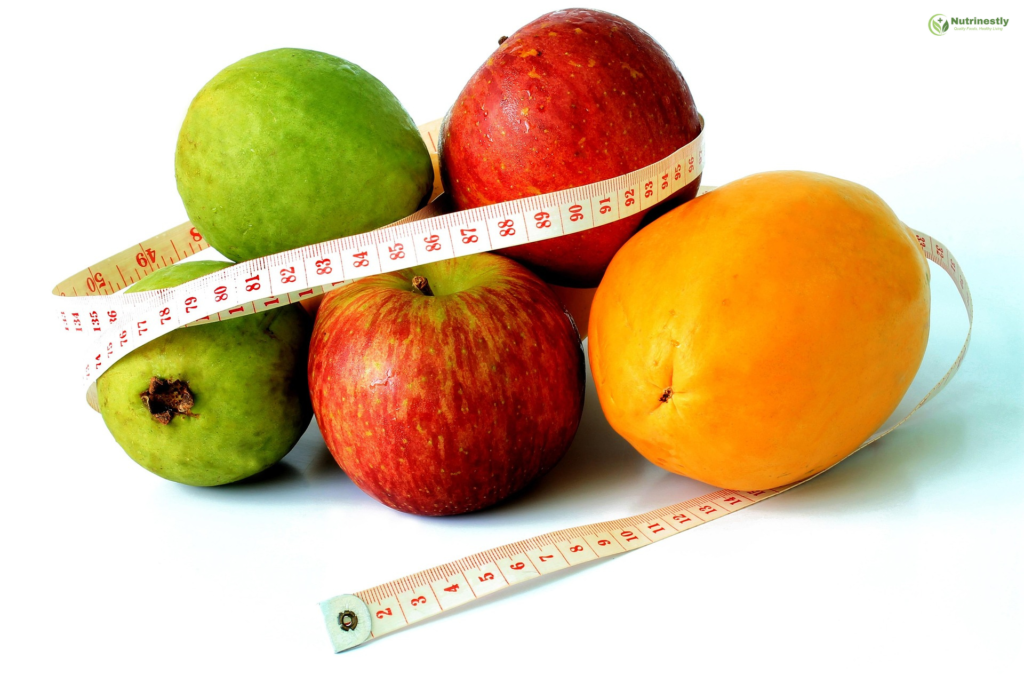
Zero-calorie foods are a crucial part of weight control, appetite regulation, and overall nutrition. They are generally high in water and fiber, low in fat and sugar, and nutrient-dense. Even though they’re called zero-calorie foods, they’re not completely calorie-free — but their contribution to your daily calorie intake is so small that it doesn’t matter.
Common Misconceptions
- Myth: Zero-calorie foods don’t have any calories whatsoever. Most do have a small number of calories, but your body will burn more energy to digest them.
- Myth: Unlimited amounts can be eaten. Although low in calories, moderation is still important.
- Myth: They will substitute for all other food groups. Complete nutrition comes from a balanced diet.
Zero-calorie foods are not magic bullets, but they are useful allies when properly used. If you have the right knowledge, they can contribute significantly to your health objectives.
2. The Science Behind Zero-Calorie Foods
Before knowing how zero-calorie foods function, we first need to learn what calories are. A calorie is a measurement of energy. Everything that we consume contains energy, and our body utilizes the energy to exist, digest, move, and live.
Caloric Content and Digestion
Zero-calorie foods tend to contain high levels of water and fiber, both of which are resistant to being broken down quickly by the body. This raises the thermic effect of food (TEF) — the energy needed to digest, absorb, and metabolize the nutrients.
For instance, if one celery stalk has 10 calories, but it takes your body 15 calories to process it, the end result is a caloric deficit. That is why such foods are promoted as weight-loss-friendly.
The Role of Thermogenesis
Thermogenesis is the production of heat by the body. It happens during digestion (diet-induced thermogenesis), particularly when eating fibrous, low-calorie foods. The body may end up burning almost as many or even more calories than the food contains.
The energy expended on digestion, plus the low-calorie content of the food, equals a net-zero or negative calorie intake.
Factors That Affect Calorie Burn
- Metabolism: The faster the metabolism, the higher the energy expenditure.
- Meal Composition: The higher protein and fiber content meals raise thermogenesis.
- Activity Level: Active subjects tend to expend more calories to metabolize the same food.
3. Best Zero-Calorie Foods
Now, let us find out about some of the most widely known zero-calorie foods. They are typically fruits and vegetables that are rich in nutrients and are also hydrating.
Fruits:
- Cucumbers: With 95% water composition, cucumbers are very refreshing and contain few calories. One cup contains approximately 16 calories.
- Celery: With high water and fiber content, celery contains only 10 calories per stalk.
- Lettuce: Particularly romaine and iceberg lettuces are almost calorie-free but very high in volume, so great for satiety.
- Watermelon: Sweet as it is, watermelon is low in calories and high in water content.
- Strawberries: A bit more in calories but still very low , loaded with antioxidants.
Vegetables
- Zucchini: A versatile veggie with approximately 17 calories per 100 grams. Perfect for spiralizing into noodle form.
- Radishes: Peppery and crunchy, with a mere 16 calories per 100 grams.
- Spinach: Packed with iron and vitamins but low in calories. One cup has approximately 7 calories.
- Asparagus: Full of folate and vitamins, with just 20 calories per 100 grams.
- Broccoli: A fiber and vitamin C powerhouse but still low-calorie.
These foods are readily available, inexpensive, and can be added to nearly any meal.
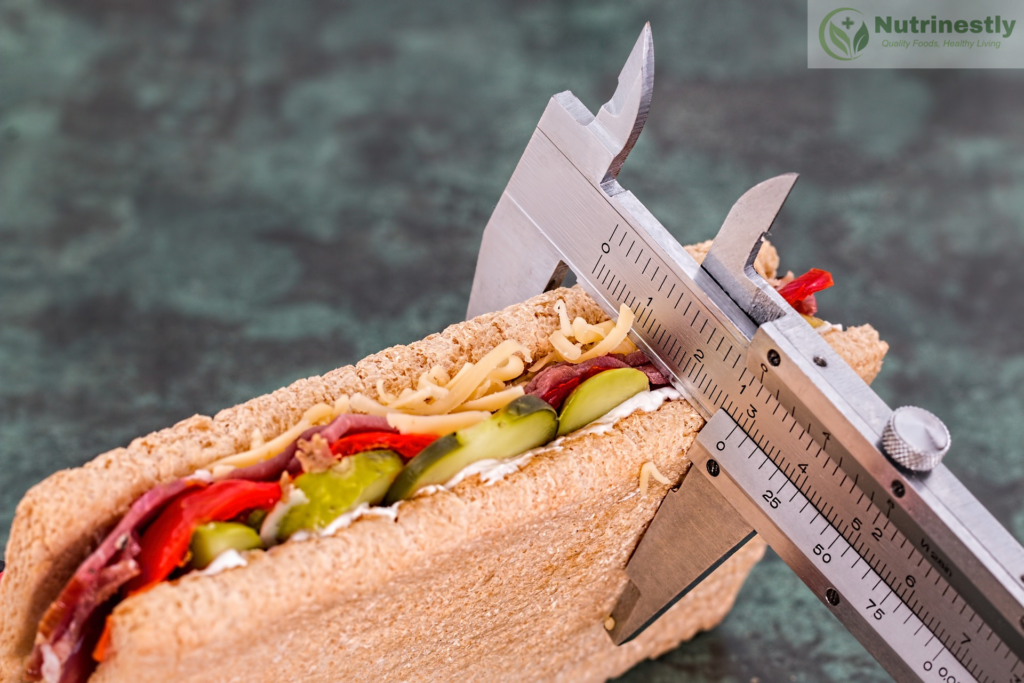
4. Health Benefits of Adding Zero-Calorie Foods
Nutritional Benefits
Even though zero-calorie foods are low in calories, they are typically packed with key nutrients such as vitamins A, C, and K, calcium, magnesium, and antioxidants. These nutrients are good for everything from immune function to healthy skin.
Hydration Boost
These foods are high in water content, contributing to hydration, which is essential for metabolism, skin health, and overall body functions. Adequate hydration also enhances cognitive function and physical performance.
Dietary Fiber
Zero-calorie foods are rich in dietary fiber, which:
- Encourages digestive health
- Regulates blood sugar
- Reduces cholesterol
- Increases satiety, lowering overall calorie consumption
Disease Prevention
Fruit- and vegetable-rich diets , many of which are almost zero-calorie and are linked to reduced risks of:
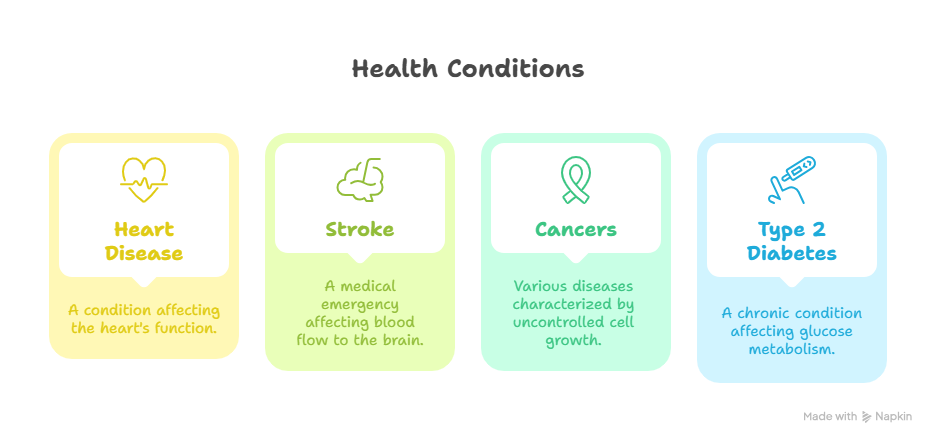
- Heart disease
- Stroke
- Some cancers
- Type 2 diabetes
5. Clever Uses for Zero-Calorie Foods
You don’t have to make eating zero-calorie foods boring. Here are some tasty and creative ideas:
Recipes and Dish Ideas
- Zucchini noodles (zoodles) with garlic and tomato sauce
- Cucumber and mint salad with lemon vinaigrette
- Celery sticks with hummus or peanut butter filling
- Spinach omelet with herbs and onions
- Radish salsa as a hot topping for tacos
- Smoothies and Salads
- Mix spinach and cucumber with fruit smoothies
- Make wholesome salads with lettuce, radishes, and shredded carrots
- Puree watermelon and mint as a cooling beverage
- Snacks and Meal Fillers
- Substitute chips with radish slices
- Substitute celery as a crunchy dip alternative
- Freeze cucumber slices mixed with lemon juice as a chilled snack
These foods can be integrated into breakfasts, lunches, snacks, or dinners.
6. Deceptive Labels and Foods that Pledge to be Zero-Calorie
Just because something is marked as “zero-calorie” doesn’t mean it’s completely calorie-free. Knowing how food labeling is done is important.
Knowing How Food Labeling Is Done
The FDA says that anything with less than 5 calories per serving can be labeled as “zero-calorie.” This implies that several servings could still total a lot of calories.
Common Pitfalls
- Zero-calorie sweeteners: Though bearing the name, they may still affect insulin and hunger.
- Sprays and dressings: Cooking sprays are calorie-free in name only but are high in fat, which adds up fast.
- Sugar-free gums and drinks: Can have secret carbohydrates and artificial ingredients.
Emphasize Nutritional Density
Rather than becoming fixated on calories, consider the overall nutritional content. A food that’s high in vitamins and fiber provides more nutritional goodness than an zero-calorie processed food.
7. Zero-Calorie Foods and Weight Loss: What to Know
Strategic Weight Reduction
Zero-calorie foods can be a weight-loss game-changer. They add bulk without added calories, keeping you feeling fuller for longer. They also aid portion control.
Balancing with Other Food Groups
Although they are useful, they must not cover your plate. Combine them with:
Lean proteins such as chicken, tofu, or legumes
Healthy fats such as olive oil, nuts, or avocado
Whole grains like quinoa, oats, or brown rice
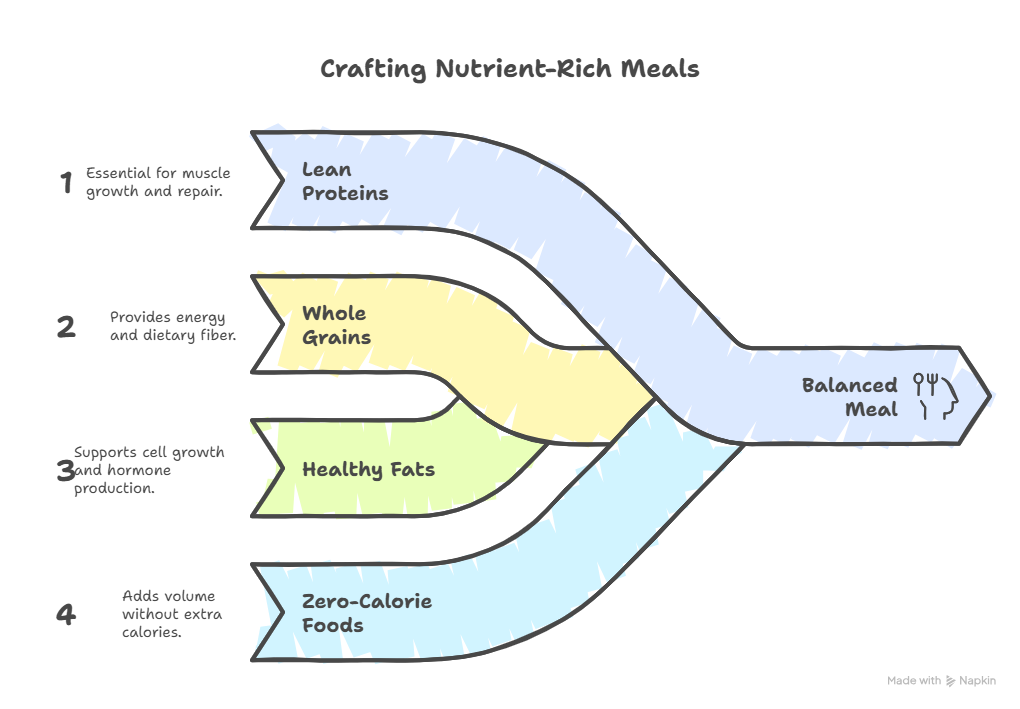
This ensures a complete nutrient profile and energy sustainability.
Sustainability Matters
A diet overly reliant on zero-calorie foods may lack essential nutrients. Aim for variety to ensure long-term health and satisfaction.
Weight loss isn’t about extreme restrictions, it’s about smart, satisfying choices.
8. Zero-Calorie Foods in Different Diets
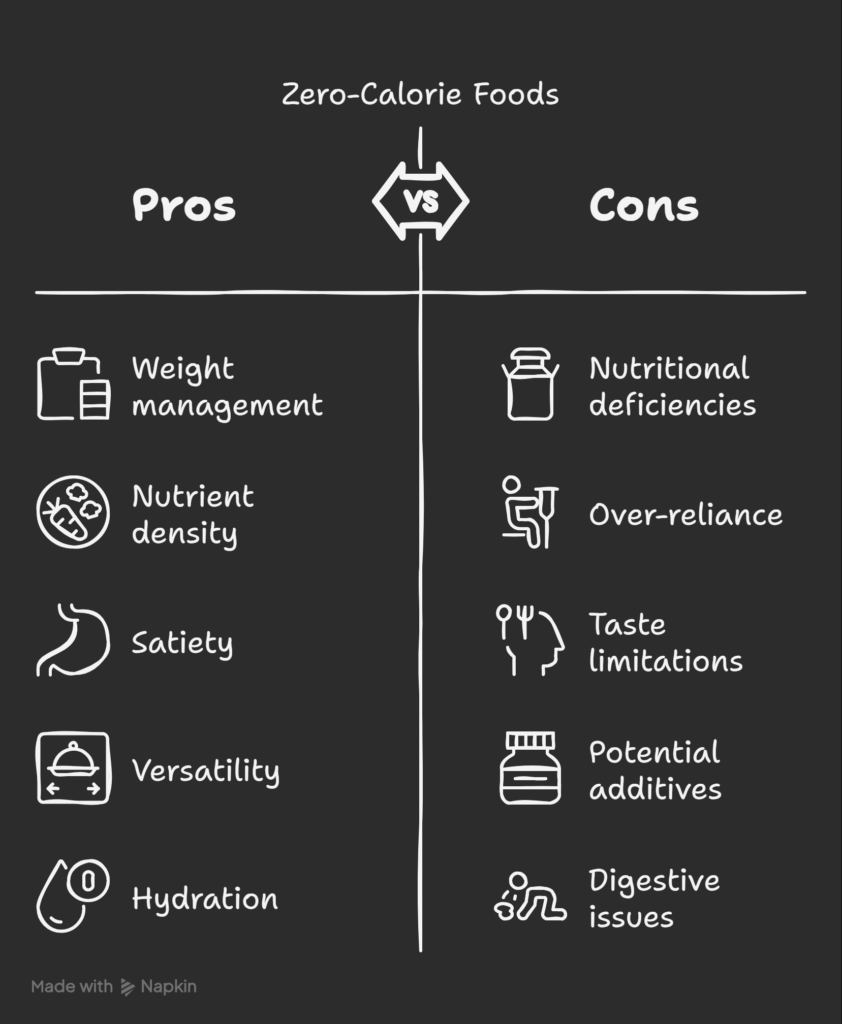
Zero-calorie foods can be easily integrated into various eating patterns:
Keto:
Prioritize leafy greens such as spinach and lettuce, excluding starchy vegetables.
Paleo:
Celery and cucumbers are perfect additions, providing hydration without deviating from paleo philosophy.
Vegan:
All these foods occur naturally in plants and easily blend into vegan diets, providing fiber and micronutrients.
Intermittent Fasting:
Make use of zero-calorie foods during eating periods to manage hunger and remain compliant.
Meal Plan Integration
Use zero-calorie foods to produce volume in your meals without increasing the calorie content. This assists with weight control and satiety.
9. The Psychological Impact of Consuming Zero-Calorie Foods
Craving and Satiety
Including zero-calorie foods may reduce hunger pangs and cravings, particularly when consumed before meals. This can help decrease snacking and overeating.
Mental Health Benefits
Knowing that you’re choosing healthier alternatives can increase self-esteem and promote improved dietary habits. It instills a feeling of discipline and self-control.
Achieving Balance
Over-restriction can cause burnout. Enjoy your food while keeping an eye on your health objectives. Use zero-calorie foods as tools, not substitutions.
10. Conclusion: Accepting Zero-Calorie Foods Judiciously
Zero-calorie foods present a special benefit for individuals wishing to control weight, enhance hydration, and enhance fiber consumption. Yet, the trick is balance and moderation. Utilize these foods as tools not crutches to facilitate a healthy and sustainable way of life.
Discover their convenience in the kitchen, decipher food labels, and prioritize nutrient density. Healthy eating is about more than calories, though. It’s about fueling your body, savoring your food, and making smart choices.
So next time you grab a snack, try reaching for something crunchy, refreshing, and nearly calorie-free. Your body and your waistline will appreciate it.

